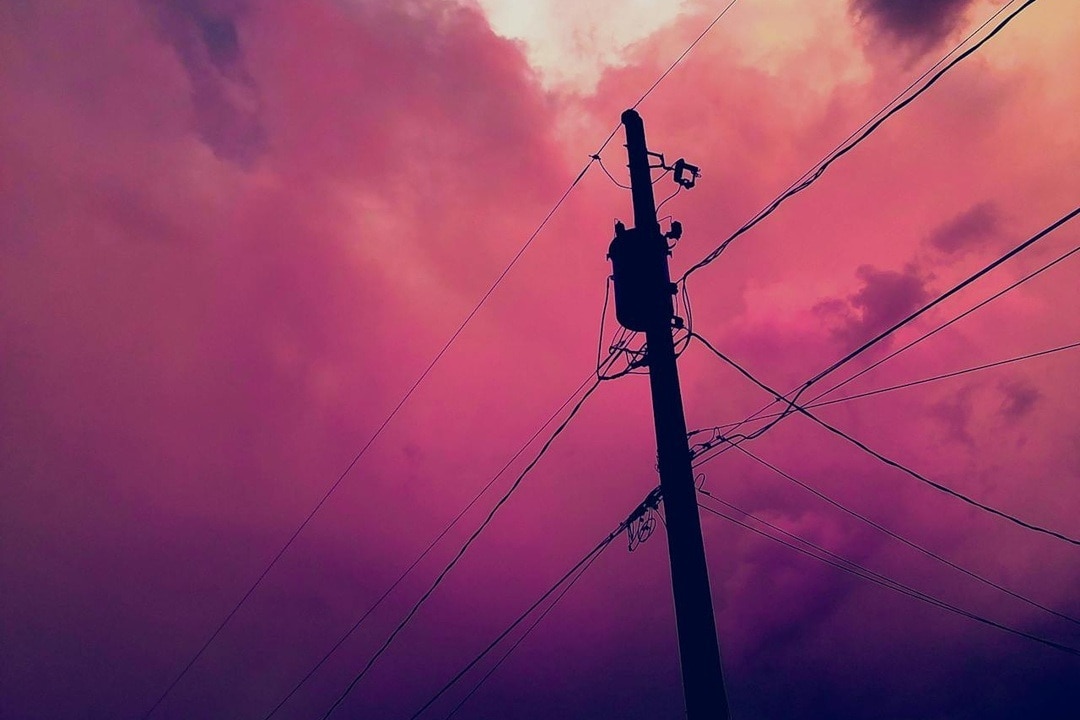From VUCA to BANI: instability as a new paradigm

What if this state of constant world instability and fragility were to become the new normal? Is instability stabilising? The old VUCA (Volatility, Uncertainty, Complexity, Ambiguity) model, long used to describe the volatility of economic markets, no longer seems to adequately describe the current situation. Fragile and often anxiety-provoking, the modern world has become BANI (Brittle, Anxious, Non-Linear, Incomprehensible) - and those stakeholders quickest to adapt will be rewarded.
Cascading and intertwined global crises
The United Nations' Sustainable Development Goal 7 calls for universal access to reliable, sustainable and modern energy services by 2030 . An ambitious target, to say the least, given the many upheavals shaking the world.

An economic and social crisis
According to calculations by the International Monetary Fund, the prospect of a global recovery remained remote as we approached the end of 2023. The long-term effects of tighter monetary policies were beginning to show. Differences between different world regions were widening :
• Forecasts indicate a slowdown in global growth, from 3.5% in 2022 to 3.0% in 2023 and 2.9% in 2024.
• These figures are still well below the average of 3.8% recorded between 2000 and 2019.
• A more significant decrease in growth is expected in developed countries. It is expected to fall from 2.6% in 2022 to 1.5% in 2023 and then to just 1.4% in 2024.
Although the Covid-19 pandemic seems to have been forgotten, it is still having a lasting impact on the economy. Global growth forecasts determined before the health crisis were based on an index of 115 in 2024, with a base of 100 in 2019. These estimates are now between 108 and 111, depending on the envisaged scenario.
| Good to know - the fight against poverty remains unchanged The pandemic has also led to the biggest setback in the fight against poverty for several decades. According to the World Bank, the number of people living in extreme poverty could reach 685 million by the end of the year. |
A logistics and energy crisis

The World Economic Forum recently noted that international supply chains are being disrupted by five factors :
• Soaring inflation (6.9% in 2023 according to the IMF ) is forcing millions of consumers to cut back on their spending. This is creating weak demand.
• Social discontent is growing worldwide, especially in Europe, where industrial action is on the increase.
• Sky-rocketing energy prices are prompting companies to make cost savings. The price of a barrel of Brent crude oil is set to rise by 40% between 2021 and 2022. The price of natural gas on the European market has risen by 130% during the same timescale.
• Geopolitical instability, epitomised by the war in Ukraine and the resurgence of tensions in the Middle East, is fuelling a general climate of uncertainty.
• Extreme weather events fall into the environmental crisis. In France for example, floods caused 25 times more damage in 2010 than in 1970
From VUCA to BANI: uncertainty or chaos?
• The volatility (V) of a rapidly changing environment.
• The uncertainty (U) of the world i.e. its unpredictable nature.
• Complexity (C), in particular the large volume of information accessible at any time.
• Ambiguity (A), with an ever-increasing number of regulations and laws, and changing interpretations.
According to the futurist writer Jamais Cascio, it is “difficult to see the big picture when everyone insists on colouring outside the lines”. For him, as for others, the acronym VUCA is now obsolete. Why? The emergence of new “situations in which conditions are not only unstable”, but “chaotic”.
This modern reality is best described by the new acronym BANI. The world is now:
• Fragile (B for brittle), with multiple disasters and regular disruptions, highlighting the precariousness of organisations.
• Anxious (A), with constant access to unpleasant information.
• Non-linear (N), where nothing is certain or can be assessed in advance. The links between cause and effect become confused.
• Incomprehensible (I), with events that are illogical, unpredictable and inexplicable.
It’s possible to adapt in a BANI world

• New intelligent energy management systems are designed to optimise energy use, offering greater efficiency in both its distribution and consumption. They represent a vital step towards more rational use of increasingly scarce and expensive energy resources.
• The electricity industry is also exploring solutions for decentralising energy distribution, enabling whole districts to be supplied with electricity independently. The model reduces dependence on too-fragile central networks.
• New Smart Home applications aim to make homes smarter and more energy-efficient. They offer solutions to optimise energy consumption in the home, therefore making people more comfortable while reducing everyone’s ecological footprint.
• The emergence of electric mobility solutions includes the production of new clean vehicles, and also more intelligent charging infrastructures.
Three key points to remember:
• Our times are experiencing the convergence of multiple and complex crises.
• The uncertain and ambiguous world of recent decades has become more chaotic, even incomprehensible.
• The transition from a VUCA to a BANI model represents an opportunity for the most innovative companies.
Want to stay up-to-date?
Subscribe to our newsletter and receive the news you would like to receive.
